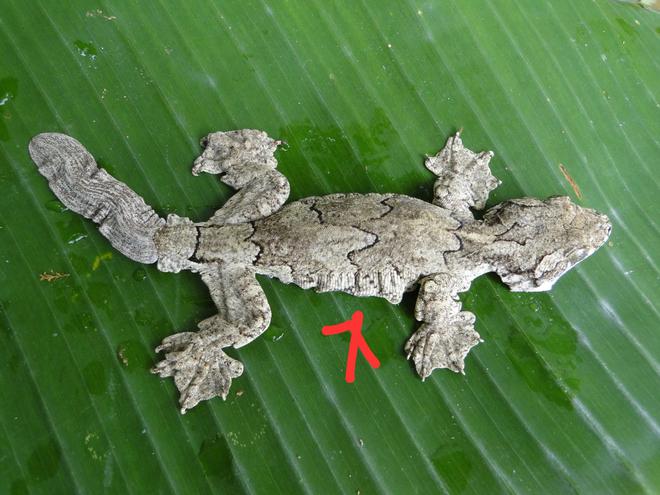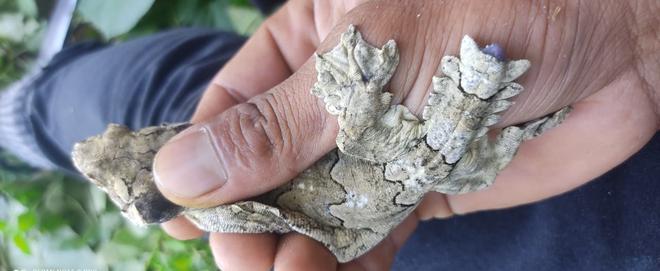A new-to-science lizard has literally parachuted into Mizoram.
A team of biologists has recorded the Gekko mizoramensis as a new species of parachute gecko, so named because of skin flaps along the body and tail enabling it to glide.
The study on the lizard, with the common name Mizoram parachute gecko, has been published in the latest edition of Salamandra, the German Journal of Herpetology.
The authors of the study are Hmar Tlawmte Lalremsanga, Lal Muansanga, and Mathipi Vabeiryureilai of the Mizoram University’s Department of Zoology and Zeeshan A. Mirza of the Max Planck Institute for Biology based in Tübingen, Germany.

The genus Gekko contains morphologically diverse lizards represented by 86 species distributed across South and Southeast Asia. The genus comprises members of the subgenus Ptychozoon with adaptations such as elaborate skin flaps to facilitate gliding.
Members of Ptychozoon, commonly known as parachute geckos, are nocturnal, arboreal geckos with a lifestyle that revolves around crypsis (the ability of an organism to conceal itself from predators) and paragliding from one tree to another.

“The parachute gecko has been reported to be distributed across parts of Mizoram, Bangladesh, Myanmar, Thailand, and Cambodia. In 2001, one species of this group was recorded in India as Gekko lionotum from southern Mizoram,” Mr. Lalremsanga said.
“Earlier studies included samples from most parts of the species’ range except for India, and the status of the Indian population remained unresolved. We conducted surveys in Mizoram and collected specimens, which allowed us to assess the systematic status of the Indian population,” he said.
The new parachute gecko species, named after Mizoram, is most similar to Gekko popaensis from which it differs genetically in having an uncorrected pairwise sequence divergence of 7-14% and by discrete differences in morphology and colour pattern, the study said.
- A team of biologists has recorded the Gekko mizoramensis as a new species of parachute gecko, so named because of skin flaps along the body and tail enabling it to glide.
- The genus Gekko contains morphologically diverse lizards represented by 86 species distributed across South and Southeast Asia.
- The new parachute gecko species, named after Mizoram, is most similar to Gekko popaensis from which it differs genetically in having an uncorrected pairwise sequence divergence of 7-14% and by discrete differences in morphology and colour pattern, the study said.







